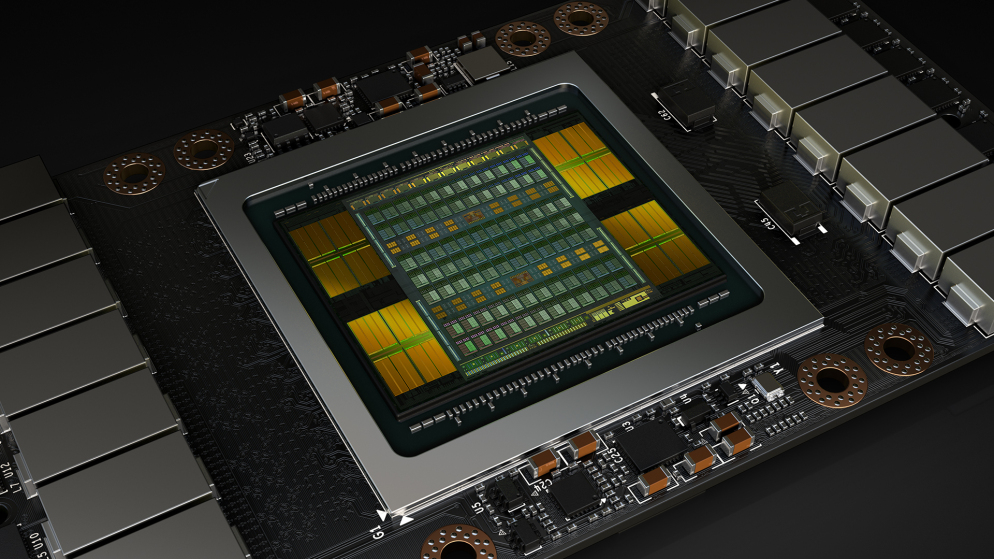Samsung uses SK Hynix chip technology in AI race

Samsung Electronics plans to use a chip manufacturing technology being promoted by rival SK Hynix, according to sources. This comes as the world's leading memory chip maker tries to catch up with rivals in the race to produce high-end chips used to power artificial intelligence.
Demand for high-speed memory (HBM) chips has exploded with the growing popularity of generative AI. But Samsung has been conspicuously absent from any collaboration with AI chip leader Nvidia to supply the latest HBM chips, unlike SK Hynix and Micron Technology.
One of the reasons Samsung has fallen behind is their decision to stick with a chip manufacturing technology called non-conductive film (NCF), which causes certain manufacturing issues. Hynix, on the other hand, has switched to a technique called mass reflow molded underfill (MR-MUF) to deal with NCF's weaknesses. However, Samsung has recently placed orders for chip production equipment designed to handle the MUF technique.
This suggests that they are planning to introduce this technology into their production. "If Samsung wants to scale up the production of HBM chips, then they need to take steps to improve their production performance. By adopting the MUF technique, Samsung is following in the footsteps of SK Hynix, " said a source. HBM3 and HBM3E, the latest versions of HBM chips, are in high demand. They are tied together with core microprocessor chips to help process massive amounts of data in generative AI.
Samsung also plans to use both the NCF and MUF techniques for its latest HBM chip. Samsung says its internally developed NCF technology is an "optimal solution" for HBM products and will be used in its new HBM3E chips. However, there are still quite a few tests and qualification processes to be completed before Samsung can begin mass production of these high-end chips.

This is expected to be ready next year at the earliest. The sources also say that Samsung is in talks with material manufacturers, including Japan's Nagase, to secure the supply of MUF materials. It is clear that Samsung is facing increasing pressure in the AI chip set, as the demand for HBM chips is expected to increase significantly.
NCF vs MUF
The NCF chip manufacturing technology, which is based on non-conductive film, is used by many chip manufacturers to stack multiple layers of chips. But there are often problems associated with adhesive materials. This is one of the weaknesses that Hynix and Micron have managed to tackle by using the MUF technique. SK Hynix has actually switched to the MUF technique first and has become the first supplier of HBM3 chips to Nvidia.
Their market share for HBM3 and the more advanced HBM products for Nvidia is estimated to be over 80% this year. Micron has also entered the high-speed memory chip market by announcing that its latest HBM3E chip will be used by Nvidia. This has only increased the pressure on Samsung to catch up in the AI chip market. Samsung's decline in the AI chipset has also been noted by investors, with its shares down 7% this year, while SK Hynix and Micron are up 17% and 14% respectively.
Latest ram
-
07 Augram
-
06 Augram
Samsung presents thinnest LPDDR5X DRAM
-
05 Augram
SK hynix focuses on advanced HBM chips
-
31 Julram
SK Hynix launches 60% faster GDDR7
-
28 Junram
SK Hynix accelerates HBM plan
-
17 Junram
AI boosts local chip demand in China
-
17 Junram
Samsung to launch 3D HBM chip service in 2024
-
16 Mayram
MSI and Patriot launch Viper Gaming RAM
Most read ram
Latest ram
-
07 Augram
Nvidia approves Samsung's 8-layer HBM3E chips
-
06 Augram
Samsung presents thinnest LPDDR5X DRAM
-
05 Augram
SK hynix focuses on advanced HBM chips
-
31 Julram
SK Hynix launches 60% faster GDDR7
-
28 Junram
SK Hynix accelerates HBM plan
-
17 Junram
AI boosts local chip demand in China
-
17 Junram
Samsung to launch 3D HBM chip service in 2024
-
16 Mayram
MSI and Patriot launch Viper Gaming RAM






